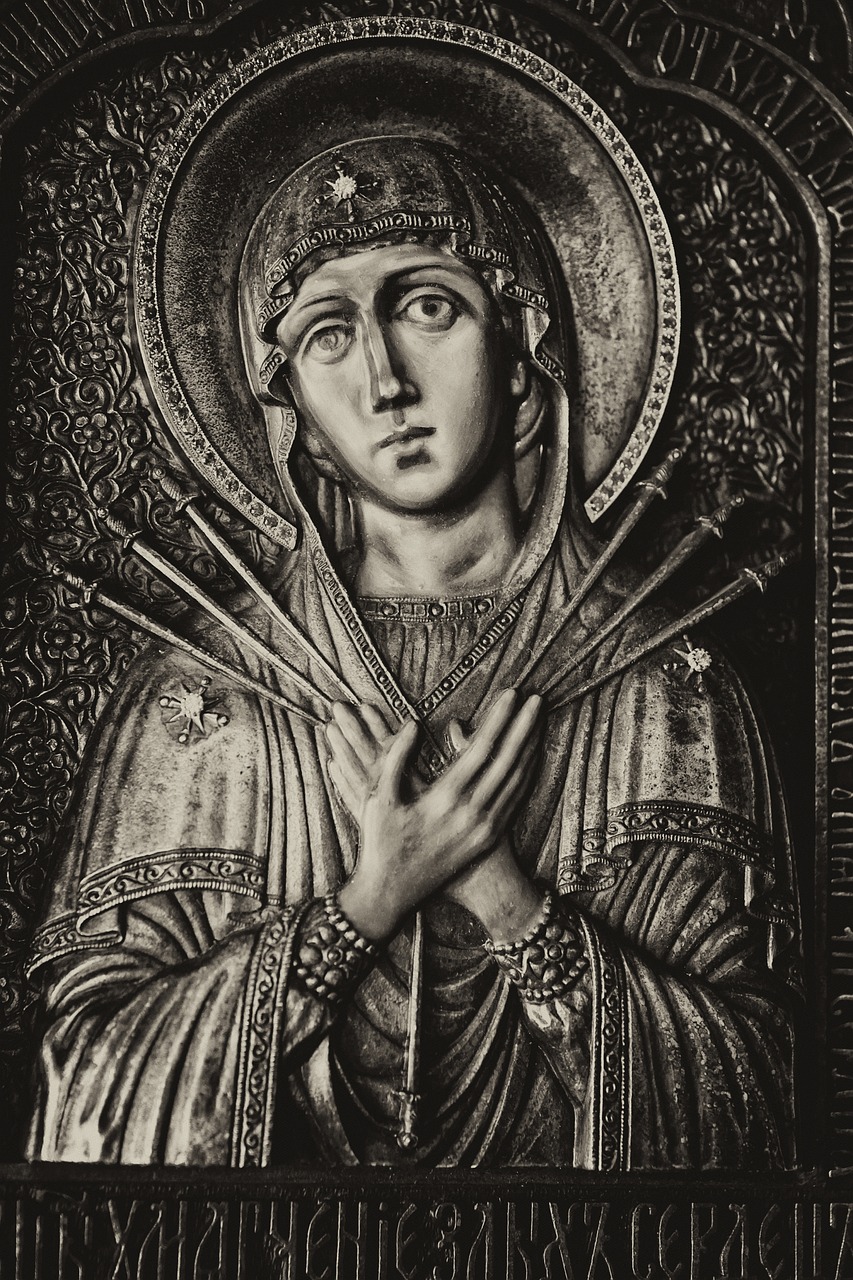Neith, also referred to as Net, Neit, or Nit, is among the most ancient deities from Egypt, revered since the Pre-Dynastic Period (circa 6000 – 3150 BCE) and continuing her worship throughout the Ptolemaic Dynasty (323 – 30 BCE), the final dynasty before Roman dominion. As a multifaceted figure, she embodies many roles, including that of a war goddess, a creator associated with motherhood, and a funerary deity who offered guidance to souls in the afterlife. Her primary worship site was located in Sais within the Nile Delta, where she maintained her status as a principal goddess of Lower Egypt, even as the popularity of Isis and Hathor grew over time. Nevertheless, Neith was consistently honored as a prominent protector and mediator between the divine and humanity.
In various accounts, Neith is said to have played a pivotal role in the world’s creation, where she either originated from or actively participated in the emergence of Atum (Ra), who subsequently completed the creative acts. Her wisdom and fairness are frequently depicted, especially in the narrative of The Contendings of Horus and Set, where she resolves the conflict over rightful rule in Egypt. Neith’s legacy is evidenced by her appearance on canopic jars found in the tomb of Tutankhamun, where her statues remain well-remembered.
She is often portrayed with symbols of war, including bows, arrows, swords, and shields, reflecting her martial affiliations. Other representations include a weaving shuttle, indicative of her funerary aspects, and the Red Crown of Lower Egypt, celebrating her roles as a creator and mother. Neith’s iconography sometimes depicts her as a cow, indicating her connection with Hathor or the mythic Great Cow, the mother of Ra.
Name and Origins
Neith’s various names, such as Net, Neit, and Nit, may derive from meanings centered around her formidable influence, as suggested by scholar Geraldine Pinch, who interprets them as perhaps translating to “the terrifying one.” The goddess was addressed in titles like “mother of the gods” and “great goddess.”
Her worship likely originated in Lower Egypt, particularly in Sais, with evidence suggesting she was initially a hunting goddess. Early representations feature her wielding a bow and arrows, though it is speculated that her early symbol may have been more enigmatic—a click beetle—later reinterpreted as arrows over a shield. This shift could reflect the association with her environment, as click beetles are often found near water, linking her to Mehet-Weret, an ancient goddess symbolizing the Great Flood.
By the Early Dynastic Period (circa 3150-2613 BCE), Neith was firmly established as a war goddess, heralded in inscriptions associated with her combat prowess. Richard H. Wilkinson emphasizes her status as an immensely important deity from Egypt’s prehistoric era, likening her significance to a persistent force throughout the pharaonic ages.
One myth posits that Neith existed before creation itself; through her command, the primordial waters of Nun began the formation of the ben-ben (primordial mound), where Atum subsequently initiated the creative process. Further myths suggest that she not only created the universe but also established her city of Sais, delegating the bulk of creation to Atum. Even in the waning days of the Ptolemaic Dynasty, her power as a creative force endured, as she was said to have brought the world into being with seven magical words.
The Great Goddess
In the daily fabric of Egyptian spiritual life, harmony and balance—concepts integral to Ma’at—were central. Neith manifested this through her role in various myths, including generating the serpent monster Apophis, a representation of chaos, whom she would ultimately defeat while simultaneously fostering balance. Neith’s ability to create life while guiding souls into the afterlife illustrates her dual capacity for nurturing as well as destroying.
Neith’s influence extended into the afterlife, wherein she assisted with funerary practices, ensuring departed souls received the guidance needed for transcendence into the Field of Reeds. These connections tied her to other deities associated with the dead, like Tatet, Nephthys, and Qebhet, who offered care to the departed.
Worship of the Goddess
Reverence for Neith was widespread across Egypt, particularly centered in Sais and throughout Lower Egypt. She was integrated into the Triad of Latopolis at Esna, sharing veneration with Khnum and Heka, and was worshipped alongside Set, the god symbolizing chaos, further emphasizing the theme of balance in Egyptian spirituality.
Her role in The Contendings of Horus and Set depicts Neith as a key figure in mediating disputes amongst gods, affirming Horus’s claim to the throne following Osiris’s death while assigning Set dominion over outlying territories.
Neith’s temple at Sais was distinguished for its grand structure and predominantly female clergy. Her High Priestess maintained daily rituals, overseeing the goddess’s statue in the inner sanctum, while worshippers brought offerings in the outer courtyards.
The Festival of the Lamps, celebrated on the 13th day of summer’s third month, attracted devotees eager to honor Neith, illuminating Egypt with oil lamps thought to reflect the stars and facilitate connections between realms. The festival celebrated the myths surrounding Osiris’s resurrection, symbolizing Neith’s role within the continuous cycle of life and death.
Throughout Egypt’s long history, Neith maintained her reverence as “Neith the Great,” demonstrating her lasting significance despite shifting religious dynamics that elevated other goddesses such as Isis and Hathor. Her worship and festivals retained prominence, ensuring her place in the spiritual heritage of ancient Egypt endured.



